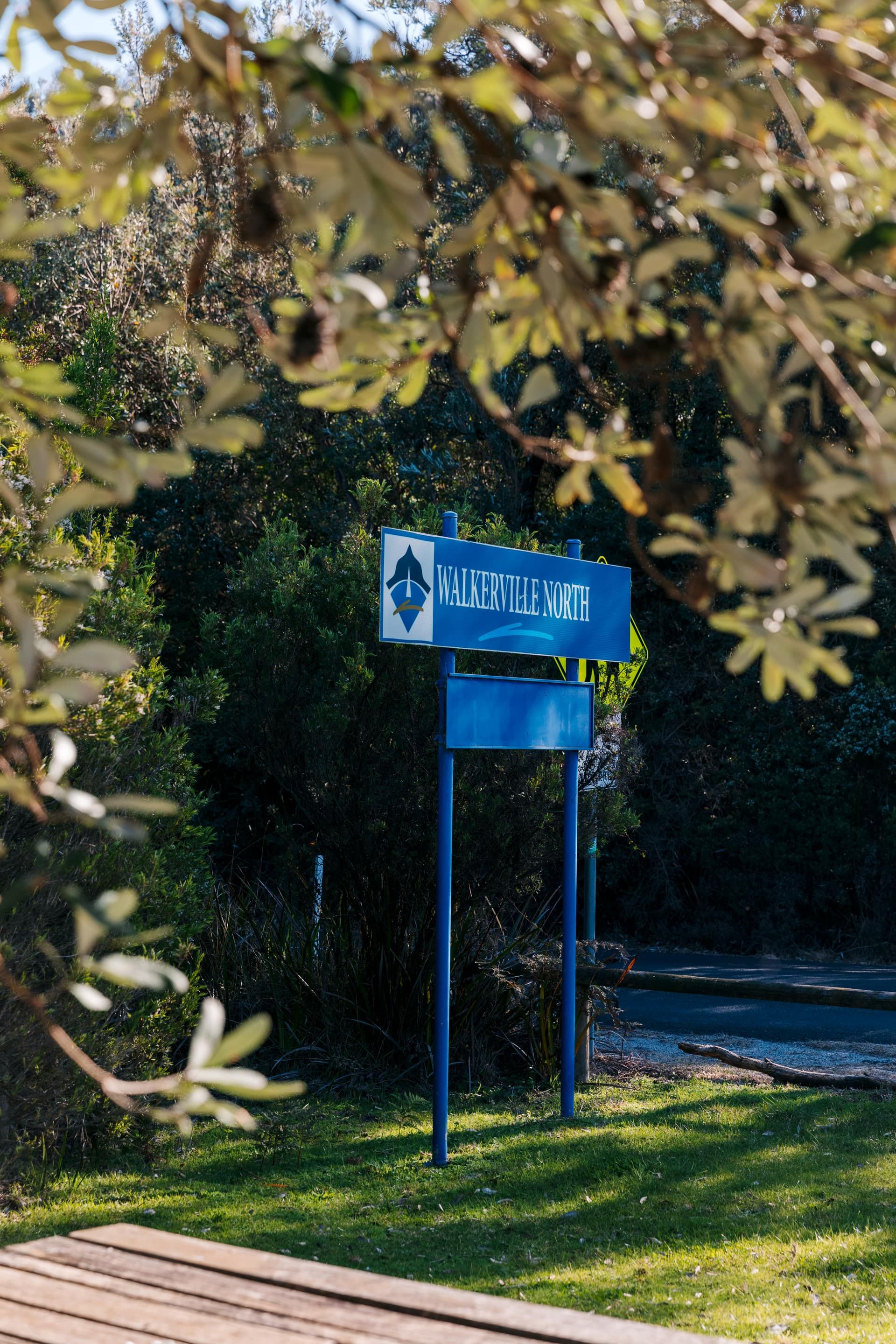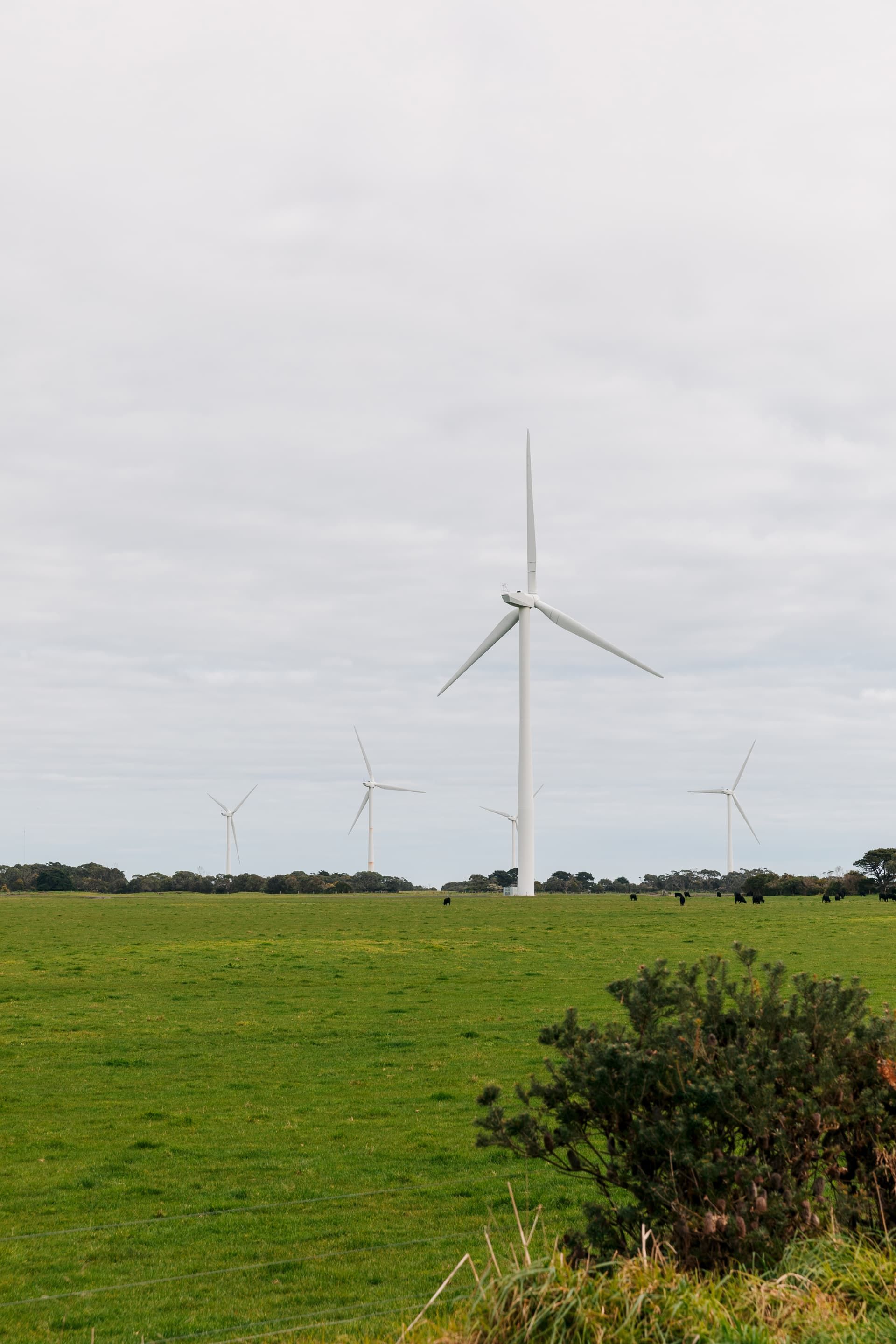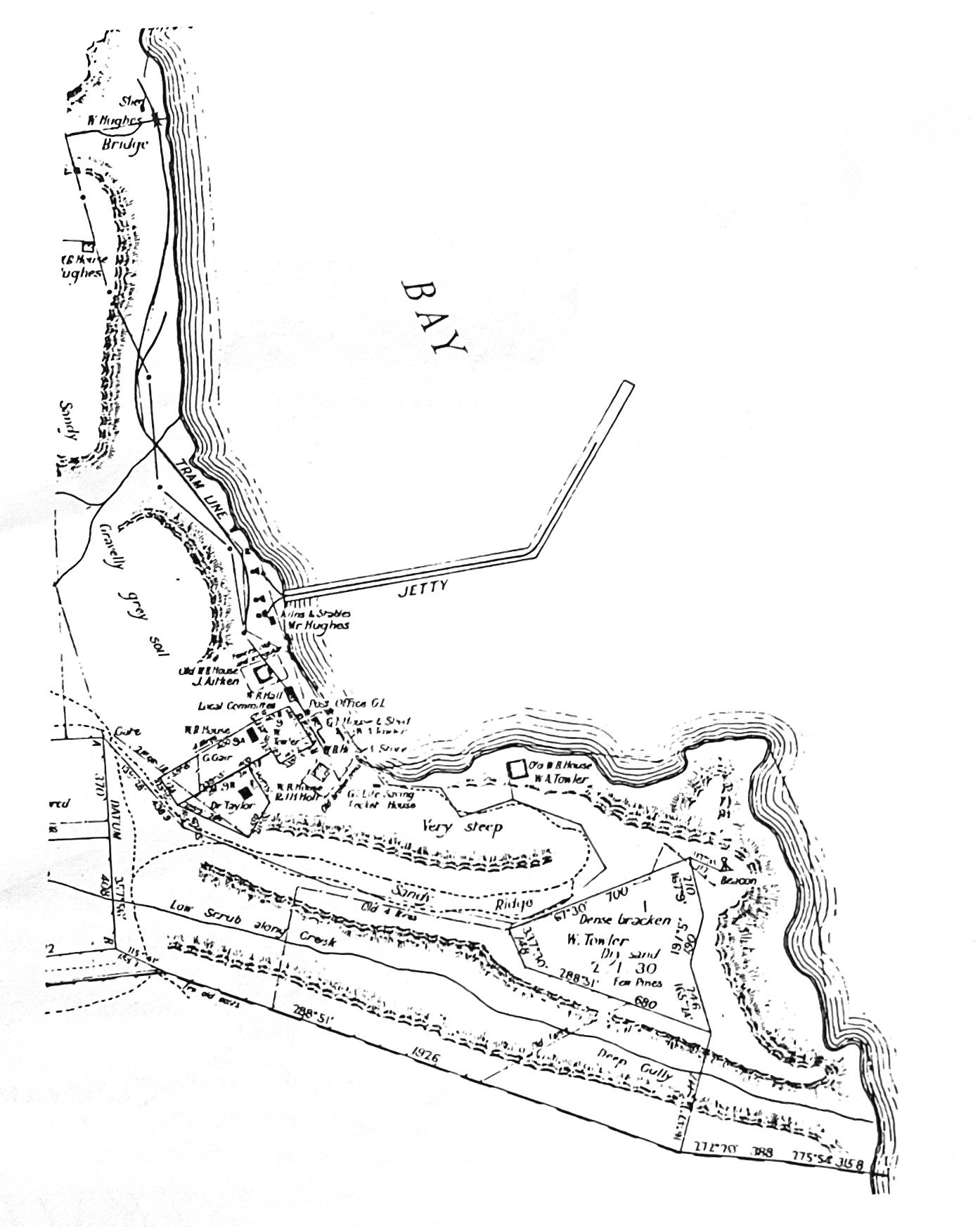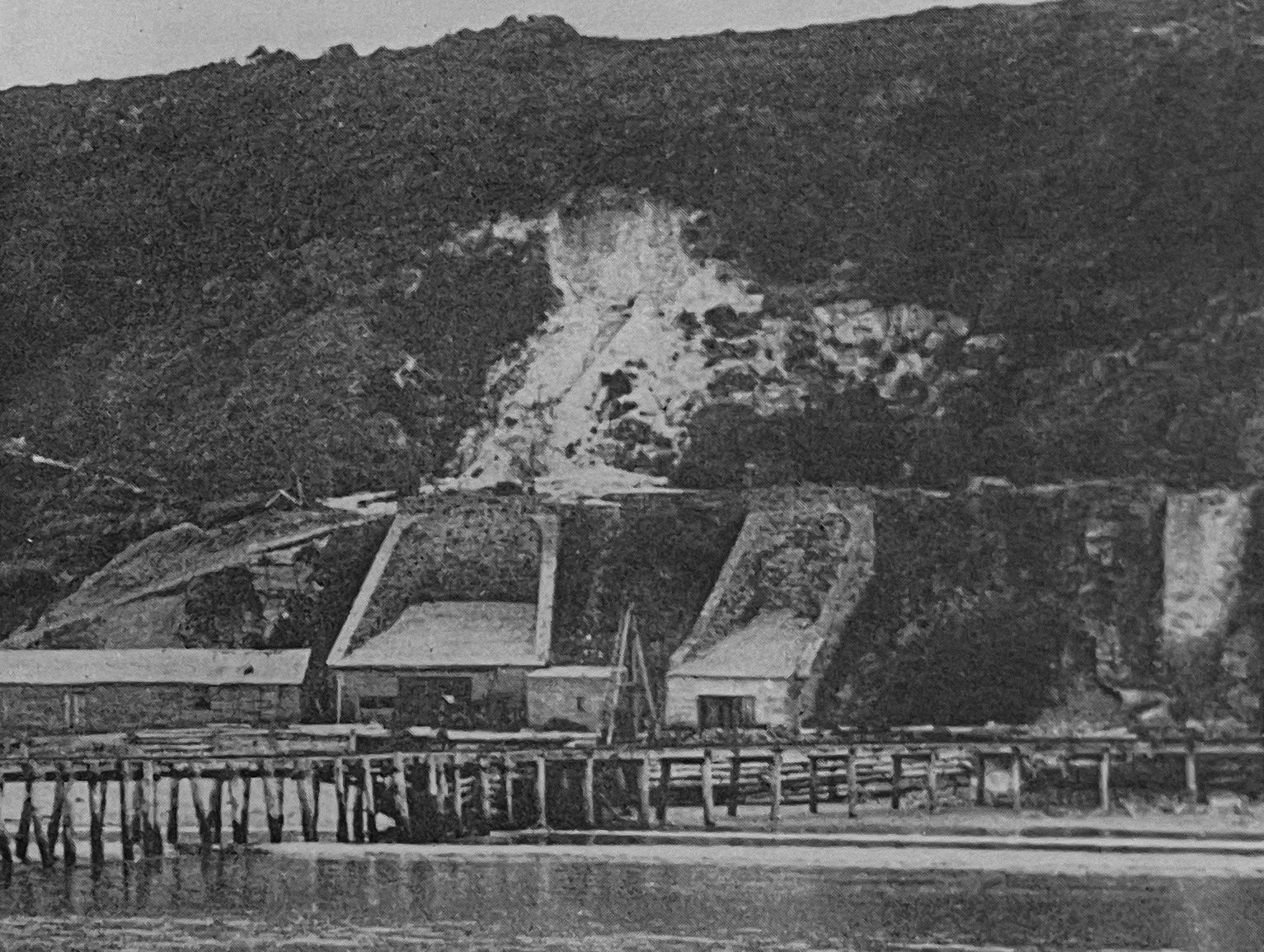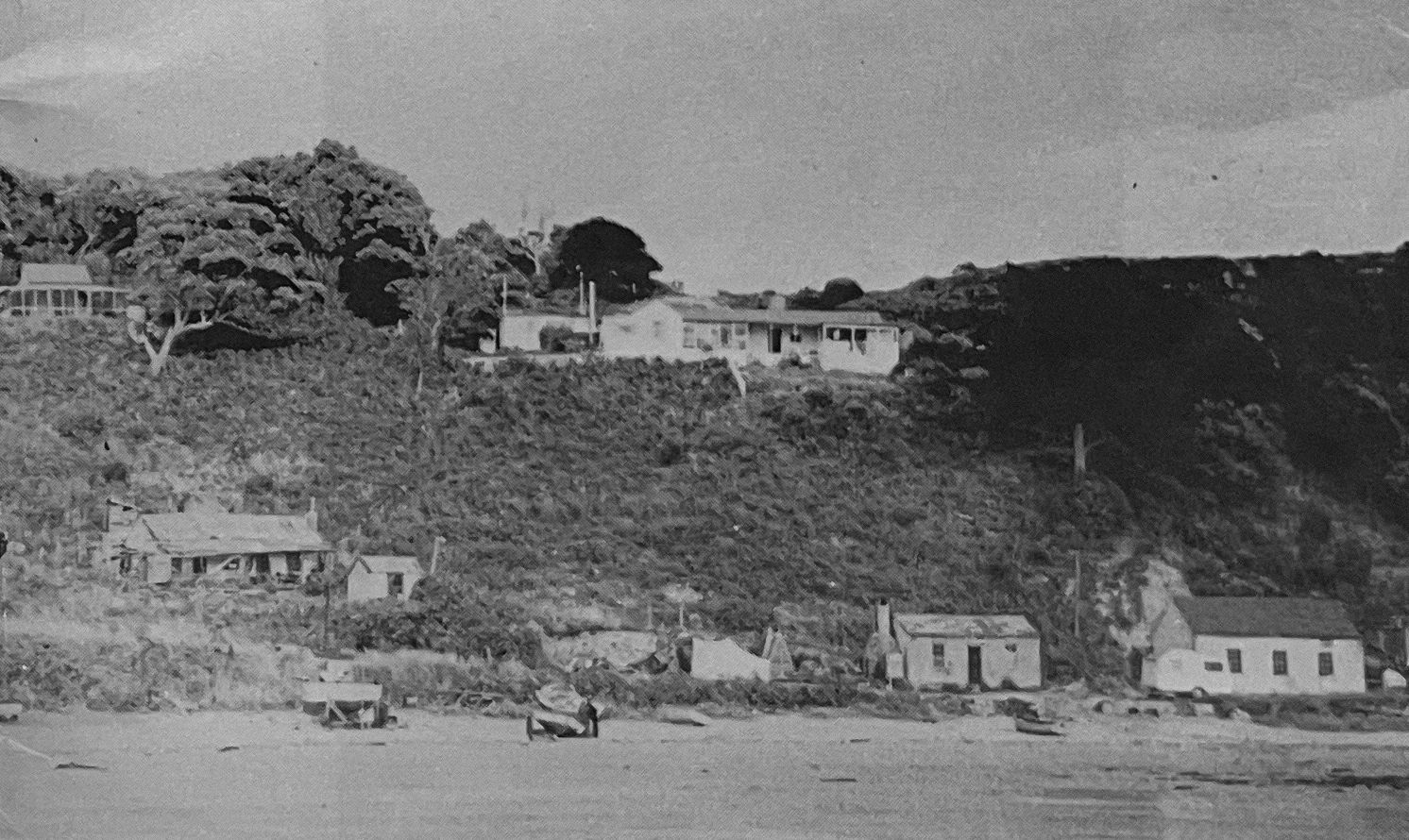Waters
As occupants of Walkerville, we pay our respects to Gunaikurnai and Bunurong Elders, past and present, and acknowledge that sovereignty was never ceded.
Walkerville is located on land and water traditionally owned by the Gunaikurnai and Bunurong people. For tens of thousands of years, the sheltered coves at Walkerville South and rock pools dotted alongs the beaches are likely to have provided a rich source of food for these tribes.
Arriving in 1854, Captain William Bell appears to be the first European settler to the region. Caught in a heavy storm running between Sydney and Melbourne, his ship SS Waratah was severely damaged and anchored into the unknown bay. The stretch of beach was soon re-named Waratah after the ship, perhaps as forewarning not to underestimate the power of these shores.
(Some photos and information have been excerpted from 'Recollections of Waratah and the Ten Mile by Mabel Sharrock, published by Worrayl Shire Historical Society, 1995)
Waratah (Walkerville) at the turn of the century.
Waratah (Walkerville) at the turn of the century.
Secrets of
Walkerville
Enclosed by steep and captivating cliffs, Walkerville is first and foremost a site for exploration.
If you adventure at low tide, you might come across Weiberg’s cave. In the early days before people settled at Waratah / Walkerville an escaped convict rode into the bay in a whale boat, seeking shelter from the rough seas. It is said he hid two barrels of gold sovereigns, before rowing away. While one cement barrel was later found in a nearby cave, it is what became of the other — or Weiberg for that matter — that remains unknown. Perhaps you’ll be the one to discover.
View of kilns taken early 1900s. From Mrs Alf Burns.
View of kilns taken early 1900s. From Mrs Alf Burns.
The Majestic
Lime Kilns
From 1875 to 1926, the quarrying of limestone was the staple industry of Walkerville township. Mined from the steep, stratified cliffs looming over the bay, raw limestone was loaded into horse-drawn trams and handled above the high tide line — to be burned in one of six brick-lined kilns hidden along the beach. Lime was transported to Melbourne aboard a series of ships that docked at the 300-metre jetty nearby. It is said that lime from Walkerville was used in the building of Melbourne’s iconic Flinders Street Station! This continued until 1926, when shipping expenses made the product unprofitable. Eventually the port ceased to exist, and residents moved on to different shores.
During that period, much of the surrounding countryside was depleted from a combination of mining, and timber harvesting to fuel the kilns. The sea and wind and rain have since reclaimed the area, and although the old Waratah is gone there are reminders of the past. The limestone kilns remain, and can be easily visited from Walkerville South. Pieces of iron-tram rails can still be seen protruding from the cliff face, or lying amongst the rocks below.
After countless visits, we remain captivated by Walkerville’s curious marks of history. Jacky Winter Waters is somewhat our own iteration of the Waratah Port – a place to embark on an adventure, in whatever form that may take.
Alison Lester’s
Magic Beach
In 1990, Alison Lester immortalised the magic of Walkerville in her beloved children’s book, Magic Beach. Born and raised on a farm in South Gippsland, the long stretch of coast provided a backdrop for her summers by the sea.
The book describes a beach where everything you imagine becomes real — a beach ‘where you can swim, surf, splash through the waves, make sandcastles, hunt for treasure, explore rock-pools, muck about in boats, fish from the jetty, and build a bonfire under the stars.’
Now a long-standing Australian classic, Lester has evoked the memory and imagination of Australian children as they excitedly reminisce over seaside holidays.
It is the very shores of Magic Beach that can be admired from Jacky Winter Waters. We echo the words of Lester herself, and say ‘come to Magic Beach, where adventure begins…’!


